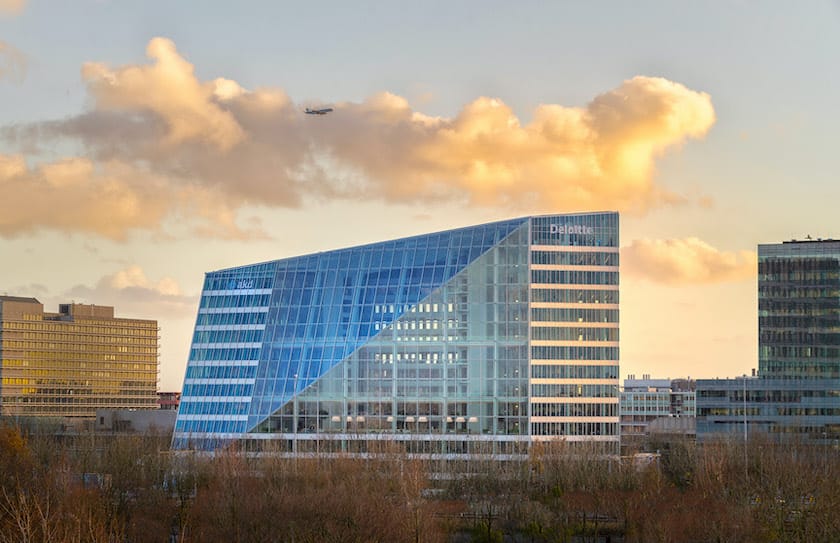The circular economy is transforming construction by focusing on reducing waste and reusing materials. Learn how this innovative approach is shaping a more sustainable industry and how you can apply it in your projects.
This is an approach that aims to minimise waste and maximise the use of resources. In the construction industry, this means rethinking traditional practices and adopting strategies that promote sustainability.
Principles of the Circular Economy
The circular economy contrasts with the linear “take, make, dispose” model. Instead, it emphasizes keeping materials in use for as long as possible. Key principles include:
- Design for Longevity: Create products and buildings that are durable and easy to repair. This extends their lifespan and reduces the need for replacements.
- Reuse and Recycling: Salvage and repurpose materials from old buildings. Recycling helps to minimise waste and conserve resources.
- Resource Efficiency: Optimise the use of resources by reducing consumption and waste. This involves using sustainable materials and energy-efficient processes.
Benefits of Adopting Circular Economy Practices
The circular economy offers significant benefits, particularly in the construction industry. By minimising waste and conserving resources, it helps reduce the environmental footprint of projects, aligning with sustainability goals. Economically, it provides opportunities to lower costs through the reuse and recycling of materials, fostering growth in the recycling industry.
On the other hand, adopting circular economy principles can drive innovation, encouraging the development of new technologies and materials, which can enhance construction practices and create long-term value. These combined advantages make the circular economy a promising approach for a more sustainable and resilient future in construction.
Examples

Several projects worldwide and in India showcase the successful implementation of circular economy principles in construction. Notable examples include Park 20|20 in the Netherlands and London Olympic Park in the UK, both designed to minimise waste and promote material reuse.
The Copenhagen Resource Rows in Denmark and the Mad-aster Platform also highlight the reuse of building materials, while Steel-case exemplifies circular practices in manufacturing.
In India, the Godrej Waterside in Kolkata and Infosys Green Buildings across multiple locations lead the way, alongside initiatives like the Indian Green Building Council (IGBC). Projects such as Mahindra World City in Chennai, the IIT Madras Research Park, and the Bangalore International Airport further demonstrate India’s commitment to sustainability.
Global efforts like The Edge in Amsterdam and Circular Building in London also serve as benchmarks. Alongside Indian examples like Godrej One in Mumbai, Tata Consultancy Services (TCS), and CEPT University in Ahmedabad. Lastly, Hyderabad’s CII Sohrabji Godrej Green Business Centre stands out as a model for green business practices.
Case Use / Application
In brief, by incorporating circular economy practices into your construction projects has its benefits. Like designing for disassembly, using reclaimed materials, and prioritising resource efficiency. These steps help reduce waste and support a sustainable construction industry.
For this reason, at N’arc, try to integrate circular economy principles into our designs and construction processes. Our commitment to sustainability ensures that your projects are not only environmentally responsible but also innovative and efficient.




